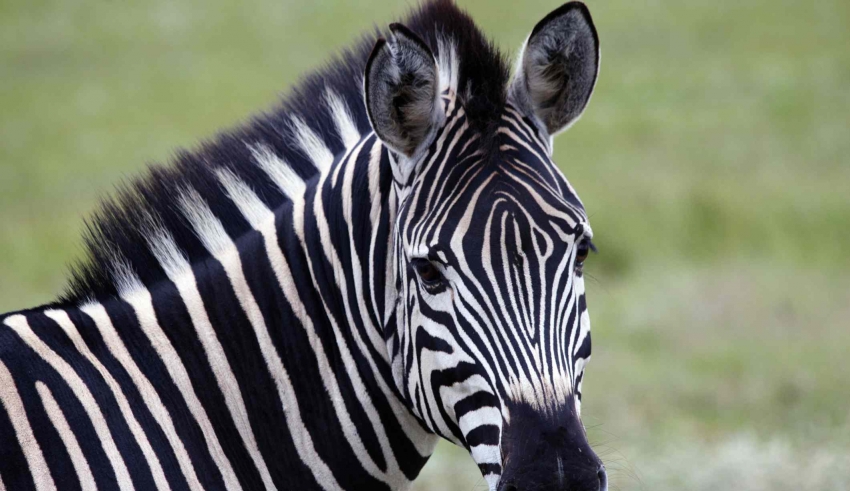
Dr. Sapolsky: No matter what, you have to have active participation to create the stimulation necessary for learning. It’s going back to John Dewey, in terms of learning and active processing, There is the classic study in the 60’s that showed when you raise rats in an enriched environment with other rats, their brains develop better and they learn better as adults. Their cortex and neurons are better developed. Then, they put a rat in that same environment but in a little cage, suspended in there, so it doesn’t get to do the stuff with other rats. There is no active participation. The rat only gets to watch. You don’t get the neuron changes in this case! Apparently, it’s the active participation that creates that. I think this also helps us understand why learning in artificial role-playing settings is silly. It is so artificial that you don’t get much of a response out of it.
Marcia Reynolds: Sounds like people need to feel as if they are a part of the action, that they are in the game, for learning to occur.
Dr. Sapolsky: Yes, but I think this activates their stimulation, which makes what they are doing count. That’s where you get the curve optimized. You have to experience both moderate stressors and transient ones to stimulate learning. Again, the problem is that most people experience moderate and steady stressors. Compare that to roller coaster rides: for good reason they are designed to be pretty intense and short. That’s not by accident.
Put in more mechanistic terms, it is a very cool thing how the brain pulls off learning. There are glucocorticoids, hormones that mobilize energy during stress-actually two different receptor systems in the brain, and one of them is ten times more sensitive than the other. The more sensitive one mediates the good stuff, growing connections and making things happen. It gets filled up really quickly. Then the less sensitive receptor system is designed to mediate recovery from stress. Mechanistically, it is a beautiful system. However, it works too well when overloaded with stress, causing dam age to the neural network.
Cognitively turning moderate transient stressors into an actual setting, I think, would translate to what is called a “benevolent setting,” where the dominant feeling is “maybe.” People are actively exploring new possibilities where they are not certain things are going to work out but they’re not feeling hopeless, ever. There is always a good possibility of success. The resources are available and there is a pretty good chance you are going to pull it off. It’s going to take some effort though, and it is not guaranteed. Even on a bad day where it doesn’t look like it will happen at all, you know that the see-saw on the fulcrum will tilt your way at some point.
I know educators call this the x+1 rule. We take kids wherever they are now (level x) and then challenge them with x plus 1, not x plus a thousand. There has to be a good chance of success from the: beginning. However, you still need to modulate the possibility of success—so it is not “too” certain. There was an amazing study a couple of years ago, that was looking at the correlation of dopamine and reward. What everyone originally thought was that after an animal gets its reward, up goes dopamine. That’s not what happens. Suppose you establish a testing protocol where a light comes on, signaling that a certain task is due now: the animals pulls the lever so many times, and then waits ten seconds and gets a reward. What the study found was that it wasn’t the reward that caused the spike in dopamine. The rise came when the test animals are just starting the process. When they felt pretty confident of the results – “I’m on top of this, this is going to be great, I’ve got this under control” – that’s when the rise in level occurred. So, the stimulus is the anticipation of reward, not the reward itself.
Download Article















